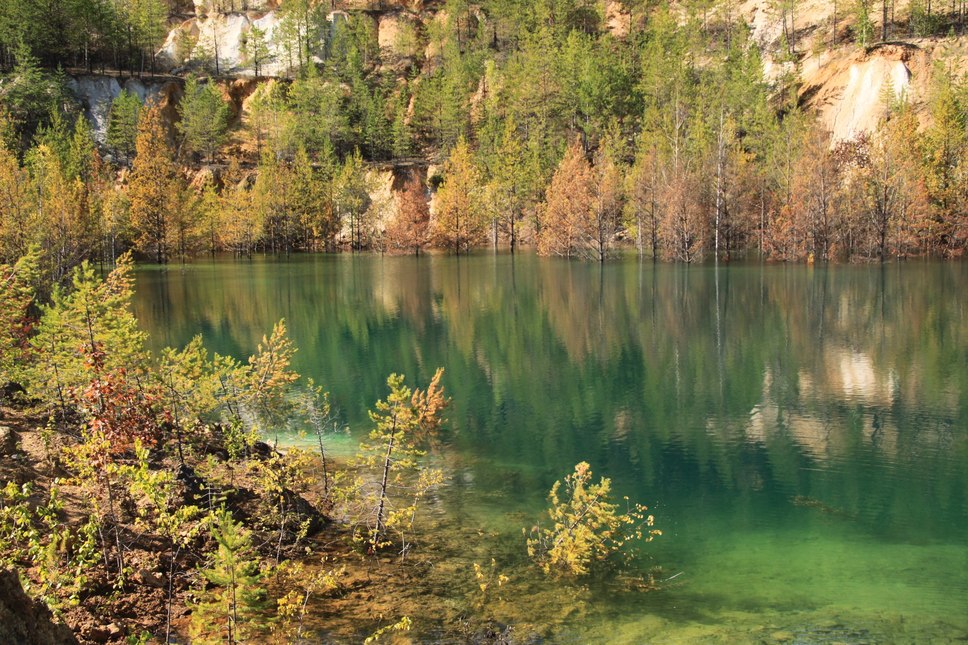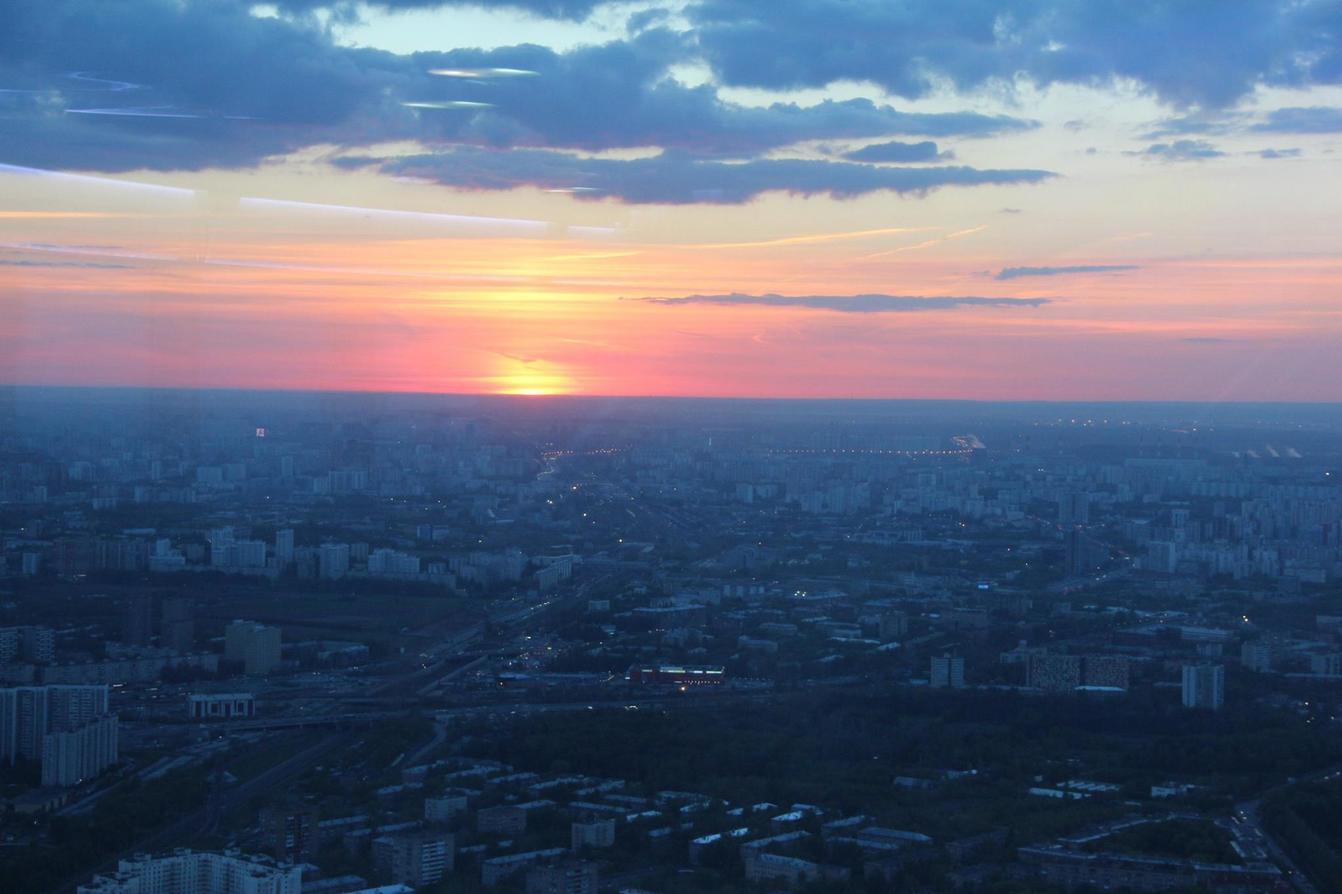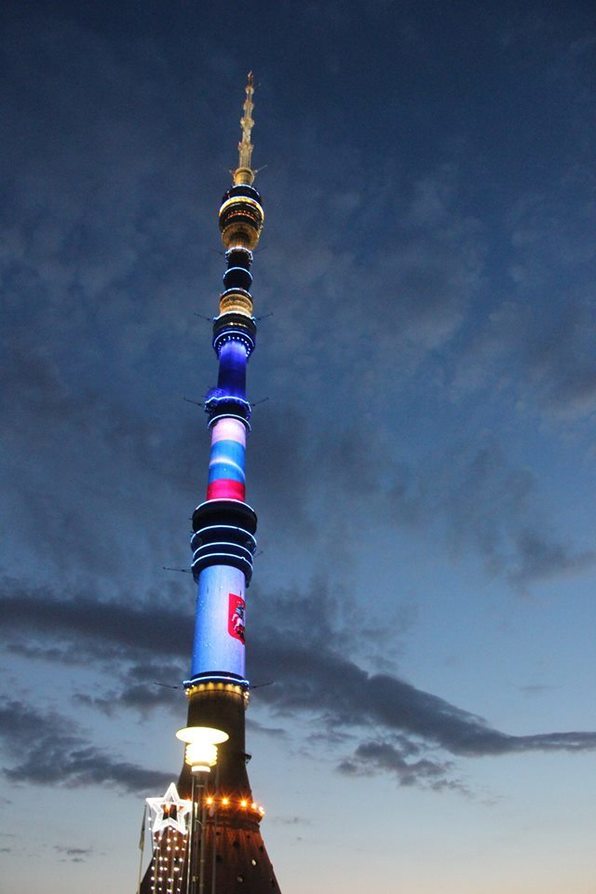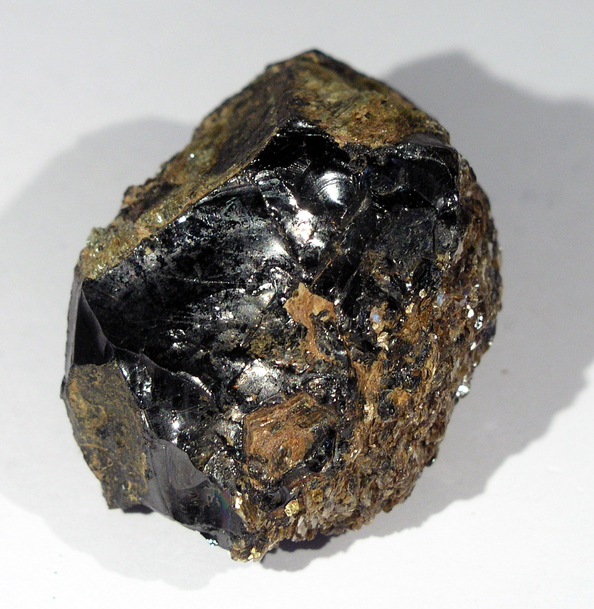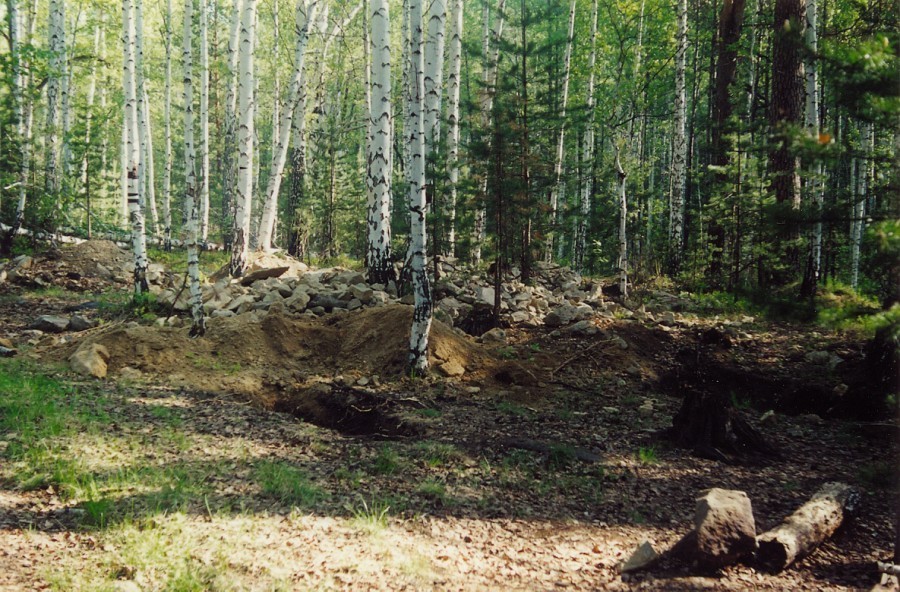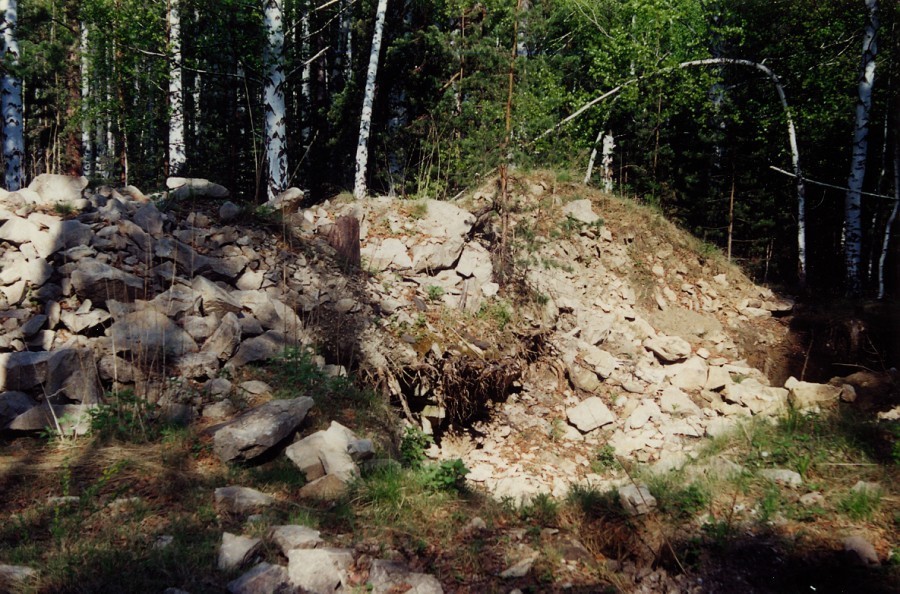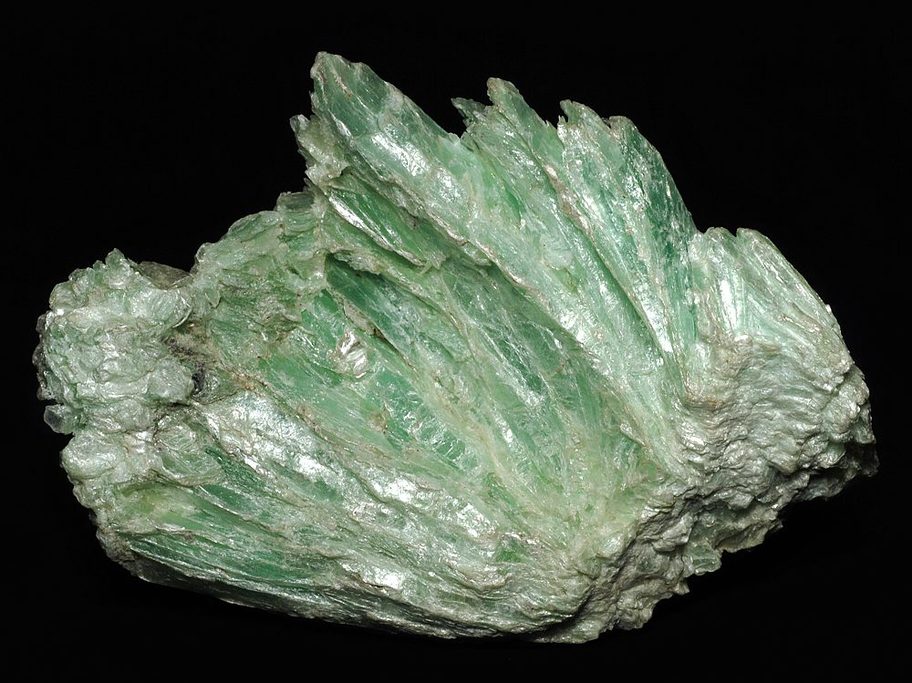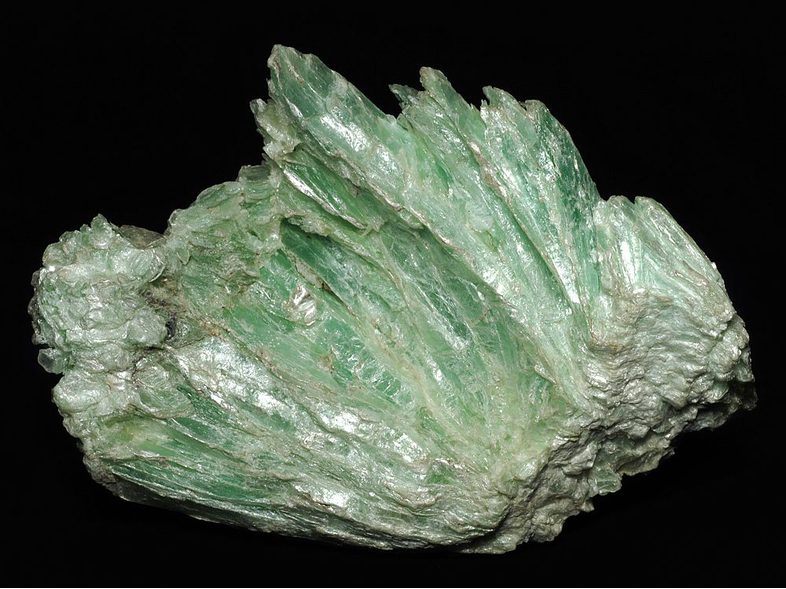The Urals, Russia - Minerals, Gems and Adventure
Last Updated: 6th Apr 20192nd - 14th July 2019. PLACES STILL AVAILABLE! Please Contact Us (see bottom)
Introduction
This is 2nd Russian Mindat Adventure. The reports about previous Russian trip (Kola peninsula) are available here.
Welcome to our new collecting trip to the classic localities of the Ural Mountains, Russia. Demantoids (Korkodinskoe dpt.), beryls, phenakites and chrysoberyls (Malyshevo dpt.), crocoite and pyromorphite (Berezovsky mine) and numerous pegmatite and carbonatites rarities for aesthetics or systematics collector are there for you to discover! We welcome people of all ages and health conditions (easy vehicle access to all POI). A legal customs clearance and delivery service for collected specimens will be provided. Two guides – a local mineralogy expert and mineral hunter and English speaking geologist will always be around for you.
Our leaders on this trip will be the local expert of the mineralogy of the region and English-speaking guide with geological education.
Meet and greet in Moscow
On the 2nd of July we will meet at the hotel lobby and head for Moscow renowned Fersman mineralogical museum for the first acquaintance with the minerals of the Ural mountains. A grand opening of the trip will take place in a restaurant of Ostankino TV tower. We will discuss the plans and enjoy the skyline of Moscow form an exciting 337 m (~110th floor) elevation.
Gem and mineral localities of Southern Urals
3th of July
In the morning, we will fly to Chelyabinsk. After a 3-4 hour drive, we will arrive in the mining city Plast. There we will be joined by a local guide and we'll have a meeting with local mineral hunters.
4th of July
Kuchinskiy quarry (corundum, spinel, pargasite). Abandoned quarry, mined in 1930-1954 for carbonates. Rubies were first found here in 1938, and later it was classified as a small gemstone deposit (~7 kg of gem grade material).
After lunch, we will visit Baturovskiy quarry (phosphates: wavellite, atacamite, crandallite, apatite). This quarry is hosted in carbonaceous and siliceous schists cut with quartz veins, that contain unusual phosphate mineralization. Some specimens from this open-pit are currently being studied for possible new species.
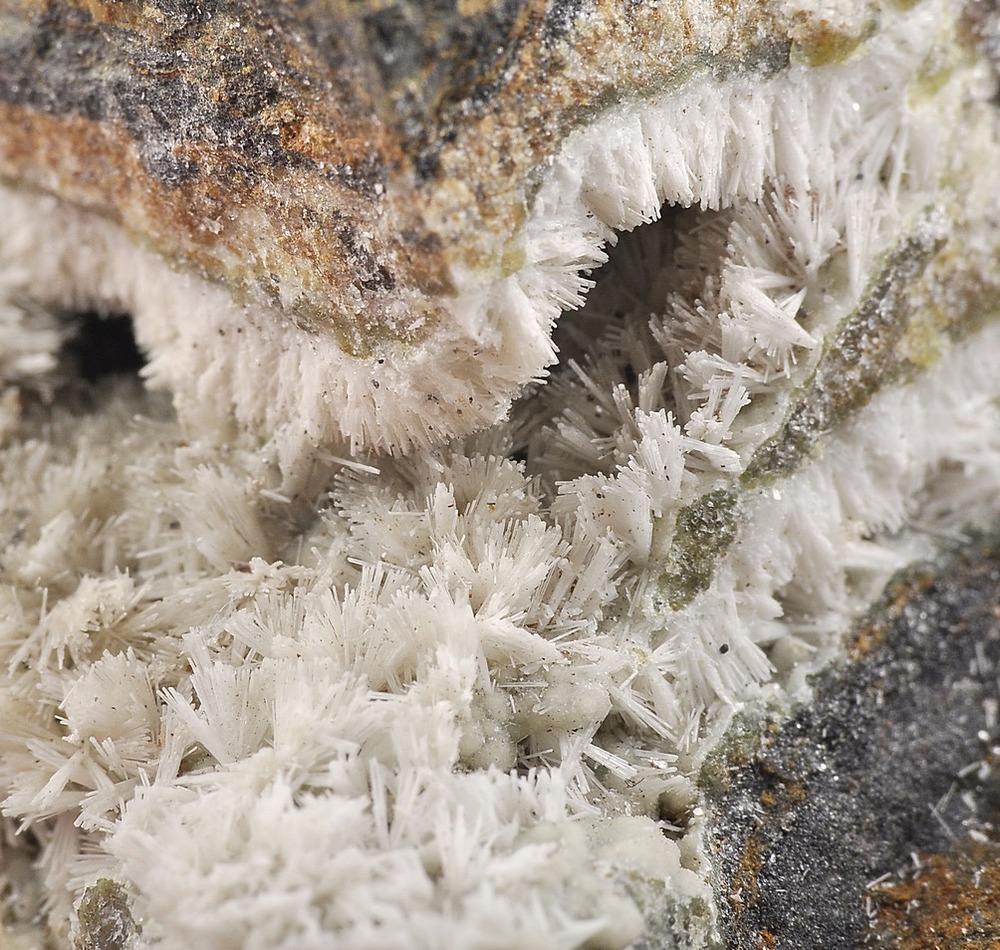
5th of July
Svetlinskii pegmatite quarry (beryl, tourmaline, columbite etc.). Mineralization of the numerous pegmatite nests (miarols) is stunningly diverse. Multiple nests with topaz, tourmaline (schorl, green, blue and polychrome elbaite) and beryls (green beryl, aquamarine, heliodor, rosterite) are located within the small area. During the active prospecting and exploration in the early 1980s, one of the veins was mined with an open pit (length 400 m and a depth 7 m). Since then pegmatite bodies were actively explored by stone lovers, however, it is a hard and time-consuming process and only the luckiest can found some columbite, aquamarine, smoky quartz and other minerals at this mine.
After lunch, we will do some prospecting and try to find pink topaz crystals on the Zhukovskaya pit. Topazes of this color are known only from this pit and from Brazil and that is the reason why the unofficial mineralogical name of this district is “Russian Brazil”.
6th of July
After a hard collecting day, the next morning, we will drive to another city of Cheliabinskaya oblast' - Miass. This city is famous among geologists due to the presence of the mineralogical museum. The museum was built near the entrance to the unique Ilmen Natural Mineralogical Reserve (UNESCO world heritage list of localities). It is the type locality of 11 new minerals (e.g. monazite, ilmenite, polyakovite-(Ce), etc. Due to the extremely high diversity of minerals and rock types, this place used for field practice of the geochemists studied at Lomonosov Moscow State University. Its borders mainly coincide with the Ilmeny alkaline syenite massif. The host rock for this area is specific alkaline syenite called miaskite. We will have a guided tour in the museum and also collect some minerals on the pegmatites of different types (granitic, miaskitic, syenitic, etc.) with local guide.
7th of July
Korkodinskoe demantoid deposit. We relocate from Miass to the nearby town Verkhniy Ufaley. On a nearby garnet deposit, the participants will be able to collect some specimens of the most expensive variety of andradite. Discovered in 1991 this locality soon become popular with prospectors. Garnets here are geologically related to serpentinised dunites. Mineralization can be found in fissures (from cm to several m). Most part of cavities with gem andradite is located in the cracking spots. Size of andradite grains varies from 2 mm to 2-3 cm.
8th of July
Ufimskiy Uval is the amethyst locality discovered by our local guide in 1986.
Classic localities of Middle Urals
Those are confirmed localities that we are going to visit in Southern Urals this summer; however, as we will be guided by local geologist we can also add some point of interests, depending on your requests. Next part of Adventure is devoted to the classic localities of Middle Urals around Ekaterinburg city - the capital of the Ural Mountains.
9th of July
Berezovskoe group of deposits (pyrolusite, vokelenite, phoenicochroite etc.) - the place where the first Russian gold was found. Moreover, it is the type locality of the first mineral from Russia - crocoite. We will try to find some sulfides and hypogene minerals in the area around abandoned gold shafts (please note, that gold collecting without a license is illegal in Russia). Afterwards, we will walk to the Crocoite vein - a mineralogical memorial, protected by the Russian government and located in a mine. The Crocoite Reserve was first organized in 1937 on Uspenskaya Mountain for the Ural excursion of the XVII International Geological Congress. The maximum accumulations of crocoite are observed to depths of 15–20 m, 40–50 m level it already disappears. Currently, the monument covers an area of 5 hectares.
10th of July
Lipovka is a well-known name of desilified pegmatite area. The site of a large find of elbaite (rubellite) around 1900, but some Li-bearing minerals,lepidolite, corundum, etc., is still possible to find in an abandoned quarry. Nowadays most of the pits are flooded. Some pegmatites are already under the water. So it may be the last chance to visit it in 2019. In spite of this, it is prohibited to visit this site of interest without special permission, that we are going to obtain especially for our group.
11th of July
Emerald mines of the Middle Urals is an old, world-famous mining area, an only commercial source of a gem grade emeralds in Russia. The Urals' Emerald Mines are a part of hilly, forested terrain 25 km long and 2 km wide, elongated in the meridianal direction. The administrative center of the Emerald mines is the village Malyshevo, where the Malyshevskoye mine department, mine, processing plants, etc, are located. Open pits and shafts are set along the eastern contact of the Aduisk granite massif. They are confined to serpentine and serpentinised peridotites, forming relatively small consonant bodies among Devonian metamorphic rocks. Beryl-bearing mica veins in the fields are grouped into vein zones, the position of which is controlled by large dykes of diorites or by contacts of serpentinites with amphibolites. The productive rock contains zones of actinolite aggregates and oligoclase-andesine containing inclusions of crystals and intergrowths of white and pale green beryl, emerald, phenakite, apatite, sphene, chrysoberyl, etc. We will be able to visit the museum and old dumps of the deposit.
12th of July
In the morning we check out the private museum of local collector V.A.Pelepenko. Afterwords, we will visit the last quarry of our journey – Shabrovsky talk deposit. Known since 1880, the industrial exploration of this deposit started in 1927. The deposit is confined to a strip of metamorphosed sedimentary and volcanogenic rocks of Ordovician-Silurian age enclosing intrusions and sills of ultrabasic rocks, almost transformed into serpentinites. It is still possible to find talk and hematite in the quarry. A brief introduction to the mining history will be provided by the local guide.
13th of July
We will be packing and cleaning our specimens, collected during the trip, preparing them for shipping to Moscow. In the evening – flight back to Moscow.
Moscow. End of the Adventure
14th of July
Moscow's provisional program of the last day of Adventure encompasses the following activities: guided tour "Geology and Mineralogy of Moscow's Underground", excursion to the Vernadskiy State Geological museum or to the Mineralogical Museum of the State Geological Prospecting University.
A small mineral show with the possibility to buy minerals from other regions of Russia will be organized upon request.
Please contact us at katya@mindat.org for prices and any additional information!
Hope to see you soon in Russia.
Article has been viewed at least 20459 times.
